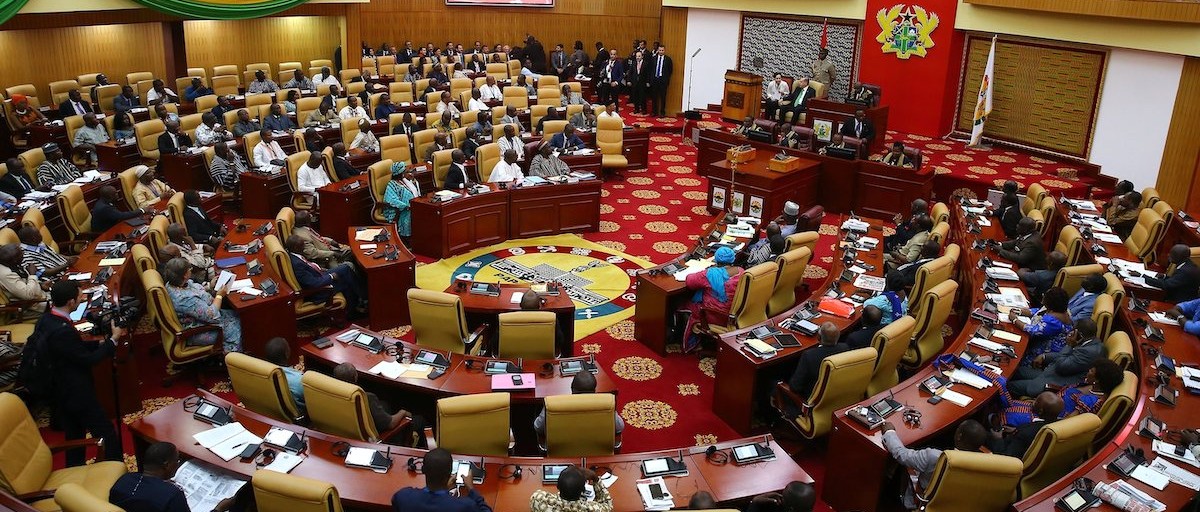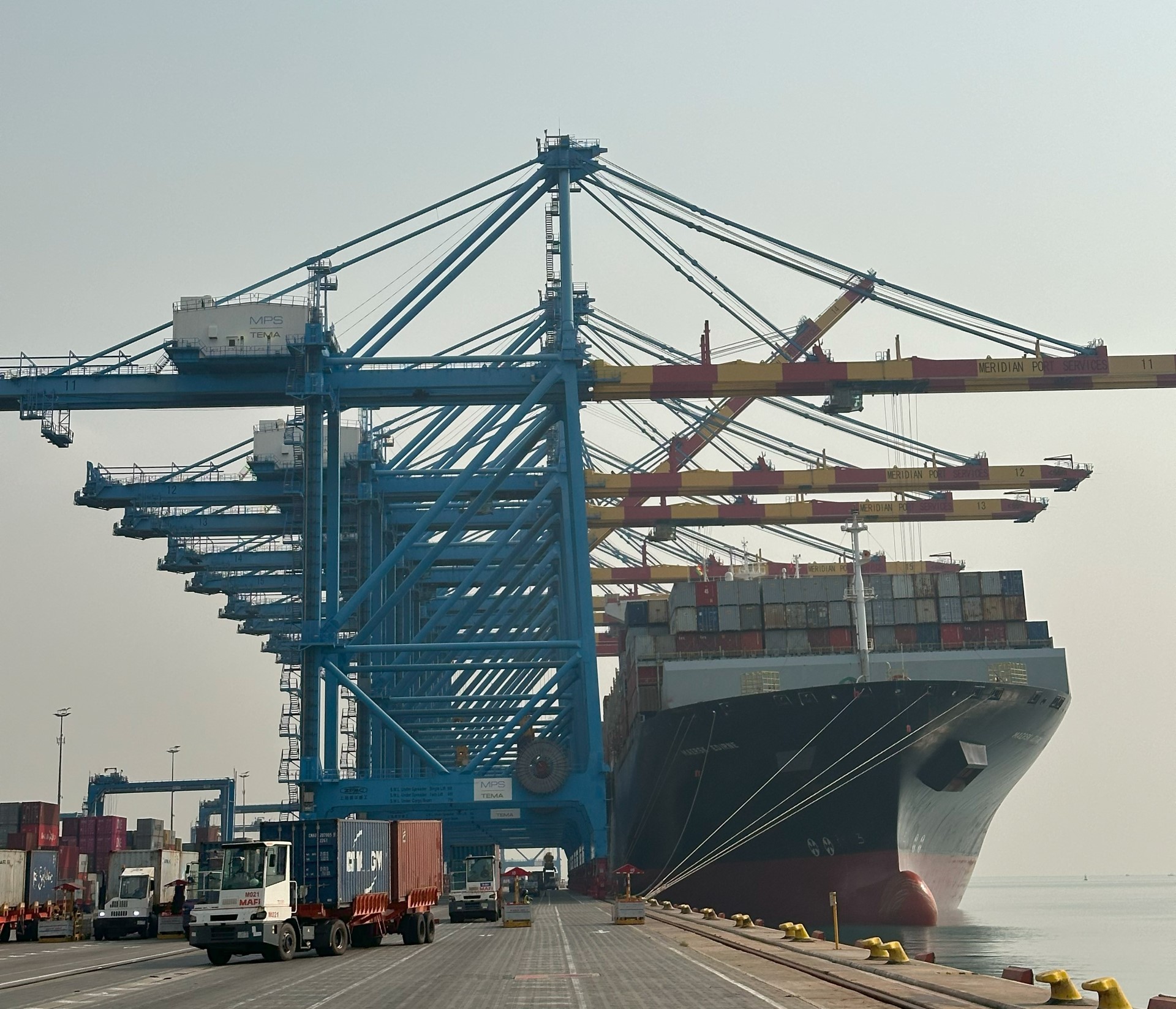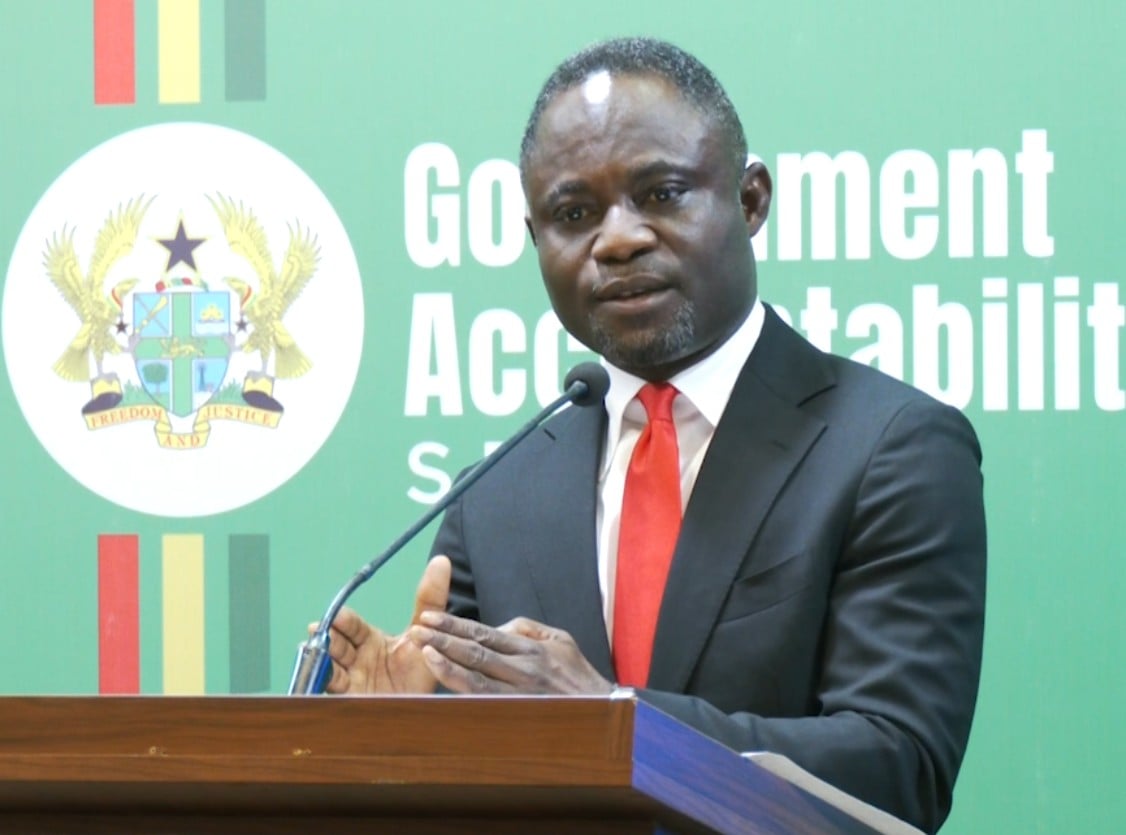
…An essential guide to Ghana’s benchmark rate, how it affects borrowing and investment, and what to expect from the November meeting
By Justice OFFEI Jr
Across leading economies, central banks consistently leverage monetary policy as a powerful tool for stabilizing prices, managing inflation, and guiding investment confidence. In South Africa, the Reserve Bank reviews its repo rate every two months to balance inflation control with growth. The Bank of England follows a similar framework, using its Base Rate to anchor lending conditions across financial markets.
Likewise, Kenya’s Central Bank relies on its Central Bank Rate (CBR) to signal the direction of monetary policy and maintain market stability. Ghana’s Monetary Policy Committee (MPC), established under the Bank of Ghana Act 2002 (Act 612), functions within this same tradition—providing a structured mechanism for ensuring macroeconomic stability through periodic reviews of the Monetary Policy Rate (MPR).
Thus, BoG’s operational policy tool is the MPR—this anchors short-term market interest rates and signals the stance of monetary policy. Under Section 27 of the Bank of Ghana Act 2002, the Monetary Policy Committee (MPC) is established. It comprises: the Governor, the First and Second Deputy Governors, the Head of the Research/Economic-Analysis Department, the Head of the Treasury/Operations Department of the Bank, and two external members appointed by the Bank’s Board with relevant experience.
It’s important to note that besides its routine bi-monthly meetings, the Bank of Ghana’s Monetary Policy Committee (MPC) may convene an emergency meeting in response to sudden economic developments. For example, the committee met on 17 July 2025 to “review recent developments in the economy” ahead of its regularly-scheduled session.
Defining the MPR concept
The MPR is the rate at which short-term monetary policy operations are conducted with counterparties – mainly, the commercial banks, on a day-to-day basis, Thus the MPR is the key policy interest rate set by the central bank that anchors short-term market interest rates and signals the stance of monetary policy (tight, neutral, or loose). The short-term monetary operations are instruments the central bank uses to manage how much money banks have to lend or borrow in the very short term (Liquidity). These operations include ;
Repo (repurchase) operations – the central bank lends funds to banks in exchange for securities, to inject liquidity.
Reverse repo operations – the central bank takes in funds (borrows) from banks, reducing liquidity.
Open Market Operations (OMO) – buying or selling government securities to influence money supply.
When banks are short of liquidity (need funds overnight), they may borrow from the central bank (via repo) at a rate linked to the MPR. When banks have excess liquidity, they may place deposits with the central bank (via reverse repo or other deposit facility) at a rate tied to the MPR. The MPR is the benchmark rate around which these lending/borrowing operations between central bank and banks revolve.
The central bank sets an interest-rate corridor (upper and lower limits) around the MPR so the overnight inter-bank rate remains close to the policy rate. For example, in normal operations, the Bank of Ghana uses what we called a deposit window at MPR minus 100 basis points (bps) while it uses a lending (reverse repo) window at MPR plus 100 bps. Because banks price their lending and deposits with reference to short-term funding costs, the MPR influences the overnight inter-bank rate (banks lending to one another) and Money market yields, T-bill yields, and ultimately commercial bank lending/borrowing rates.
By raising the MPR, the central bank indicates a tightening stance (higher cost of funds, less borrowing, slower growth, lower inflation). By lowering the MPR, it indicates a loosening stance (cheaper funds, more borrowing, support for growth) — thus the MPR is a signal to markets.
As the Bank of Ghana’s Monetary Policy Committee (MPC) prepares for its 127th meeting scheduled for November 24–26, 2025, all eyes are once again on the Monetary Policy Rate (MPR) — the single most influential tool guiding borrowing costs, investment decisions, and inflation expectations in Ghana. The last MPC meeting in September 2025 marked a decisive shift in policy direction, when the Bank cut the MPR by 350 basis points to 21.5 percent, signaling growing confidence in macroeconomic stability and a renewed focus on stimulating private sector growth.
The Monetary Policy Committee serves as the central body within the Bank of Ghana responsible for setting the policy rate and steering overall monetary policy. Its mandate is to achieve price stability, ensure financial sector soundness, and support sustainable economic growth. The MPR, determined by the Committee, acts as the benchmark interest rate that guides the cost of borrowing for businesses and consumers, influences bank lending and deposit rates, and serves as a key signal for investor confidence. In simple terms, the MPR is the heartbeat of Ghana’s economy — every movement in the rate reverberates through household budgets, business expansion plans, and capital market expectations.
At the 126th MPC meeting held from September 15 to 17, the Bank of Ghana made one of its boldest moves in recent history by slashing the MPR from 25 percent to 21.5 percent. The decision reflected growing optimism within the central bank that Ghana’s disinflation process had taken firm hold.
Inflation, which peaked at over 50 percent in early 2023, had been on a steady decline throughout 2024 and into 2025, reaching 8.0 percent in October 2025 — the lowest level in four years and well within the Bank’s medium-term target band of 8 ± 2 percent. Improved foreign exchange reserves, a more stable cedi, and progress under Ghana’s IMF-supported programme all helped strengthen the policy environment and create space for the rate cut. The MPC explained that the move was intended to consolidate price stability while supporting economic recovery, particularly for credit-sensitive sectors such as manufacturing, construction, and agribusiness.
How the MPR affects loan interest rates of microfinance and financial service firms:
Financial service firms and microfinance institutions (MFIs) borrow funds (directly or indirectly) from banks or through money-markets; their cost of funds is influenced by the MPR and short-term market rates. When MPR lowers, cost of funds tends to be lower (all else equal) which should allow them to reduce their lending rates.
Empirical evidence from Ghana shows that a change in MPR has a measurable pass-through effect on lending rates — for banks at least. One study found a long-run positive relationship: when the MPR increases, bank lending rates increase; when MPR decreases, lending rates tend to fall (though the pass-through is incomplete and may lag).
However, for microfinance institutions the translation is often weaker or delayed because MFIs also face higher operational costs, risk premiums (since their borrowers are higher risk), regulatory burdens, and funding constraints. For example, even when policy rates were eased in India, some MFIs still kept high lending rates because of elevated credit-costs and risk premiums.
My prediction for the next MPR
As the November meeting approaches, the economic context remains broadly supportive of a continued, though measured, easing of monetary policy. The cedi has remained stable since mid-year, foreign reserves are at comfortable levels, and fiscal management has shown relative discipline. Lending rates in the banking sector have begun to adjust downward, though credit expansion remains cautious as banks assess risk profiles amid moderate corporate demand. Inflation continues to trend downward, reflecting lower food inflation, improved supply chains, and prudent monetary operations.
Given these dynamics, it is reasonable to expect that the MPC will consider another small rate reduction — likely within 100 -200 basis points, which would bring the MPR to within approximately 20.5 -20.0 percent. Such a move would help align policy rates more closely with real economic conditions while maintaining the central bank’s cautious posture.
However, policymakers may prefer to avoid aggressive easing in order to safeguard recent stability. Risks remain in the form of potential food price volatility as the dry season approaches, fiscal pressures from pre-budget spending, and possible global shocks, such as rising oil prices or shifts in international interest rates. These factors could prompt the Committee to opt for a smaller 50-basis-point cut or even hold the rate steady to observe further data before acting in the new year.
For businesses and investors, the direction of monetary policy offers both relief and guidance. A modest reduction in the policy rate would continue to lower borrowing costs for corporates and small enterprises, enhance liquidity in the financial system, and support capital investment decisions heading into 2026.
If sustained, this easing trend will improve cash flow management, encourage expansion, and gradually revive employment. For investors, the near-term impact will likely be seen in slightly lower bond yields and greater interest in equities and other productive assets. However, cautious optimism is advised: the return to lower rates is expected to be gradual, and structural reforms remain essential to deepen credit markets and ensure that monetary easing translates into real sector growth.
Looking ahead, Ghana’s monetary policy appears to be entering a phase of normalization after nearly two years of aggressive tightening aimed at restoring macroeconomic balance. If disinflation and fiscal discipline continue, the MPR could gradually settle between 18 and 20 percent in 2026 — a level that would be more consistent with long-term stability and growth. Nevertheless, the MPC is likely to maintain a data-dependent stance, adjusting policy in response to inflation, reserve trends, and fiscal signals rather than following a predetermined path.
For now, the message to businesses is clear: monetary stability is returning, but gradualism remains the watchword. Companies should plan for steady, not sudden, improvements in credit conditions, maintain prudent financial management, and position strategically for expansion as the economy stabilizes. The upcoming MPC meeting will therefore serve not only as a test of the central bank’s confidence in the disinflation trend but also as a signal of Ghana’s readiness to transition from stability toward sustainable growth.
Let me conclude by quoting Dr. Johnson Pandit Asiama: “we gather not as policymakers behind podiums, but as custodians of public trust – men and women who know what it means to carry a nation’s expectations in a single policy rate “
The post Bank of Ghana’s?MPR Series – Understanding the MPR & predicting the next rate for the 127th MPC meeting appeared first on The Business & Financial Times.
Read Full Story


















Facebook
Twitter
Pinterest
Instagram
Google+
YouTube
LinkedIn
RSS